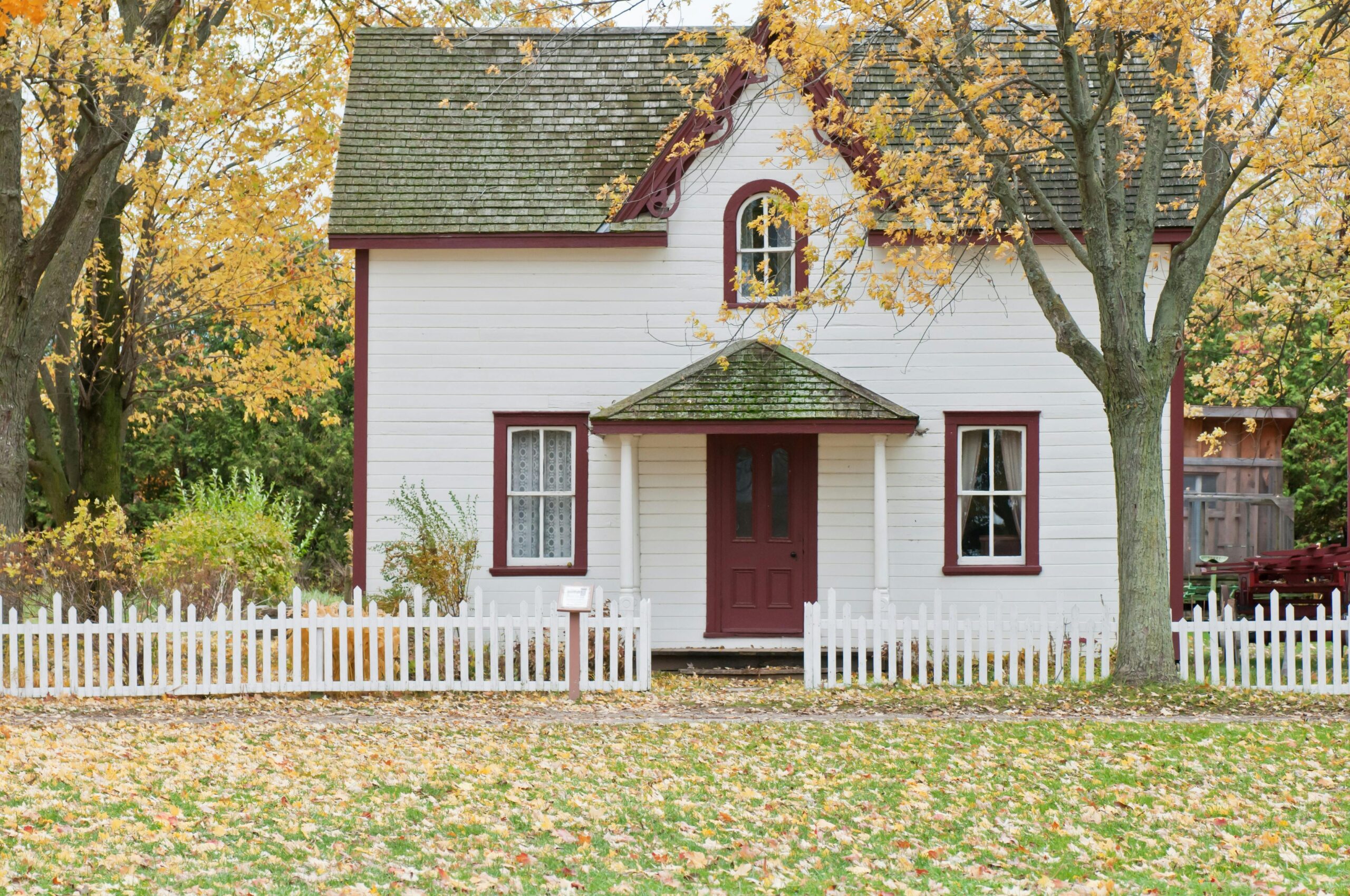Selling a house throws curveballs at every turn. Repairs loom large. Time races by. Buyers dissect every flaw.
What if there’s a smarter path? Selling as-is could be your strategic shortcut.
We’ll look at the pros and cons of selling a house as-is, giving you the insights to make a confident, clear-eyed decision.
When Selling As-Is Makes Sense
Selling as-is works best in certain situations, such as when time isn’t on your side or repairs are simply out of your reach financially.
Consider selling as-is if you find yourself in any of these scenarios:
1. You Need Cash in a Hurry
Are you moving to another state to take up your dream job? Or perhaps you’re dealing with unexpected financial strain.
In these situations, the benefits of selling your house fast often outweigh the downsides, especially if waiting for repairs isn’t an option.
2. You’re Selling an Inherited Property
Perhaps you’ve inherited a house in poor condition, making it more of a liability than a gift. Pouring money into it might feel like throwing good cash after bad.
Think about selling an inherited property as-is to quickly get rid of it without the headache.
3. The Market’s Hot
In a competitive housing market, buyers are more willing to snap up a home with imperfections. When these conditions arise and inventory is low, even as-is properties can fetch decent offers.
4. The House Needs Major Repairs
Sometimes the cost of fixing structural problems, like a sinking foundation, outweighs the value added.
In these cases, it makes more sense to sell as-is and let the buyer handle the heavy lifting.
The Pros and Cons of Selling a House As-Is
Selling a house as-is comes with its fair share of advantages and disadvantages. While it saves you time and money on repairs, it may also mean a lower sale price and fewer interested buyers.
Here are the pros and cons to consider:
Pros
- Skip costly fixes and endless contractor visits: You won’t be left wondering what not to fix when selling a house or dealing with last-minute surprises.
- Fewer contingencies: Cash buyers and investors sometimes waive inspections and financing contingencies. This speeds things up and minimises the chance of deals falling through.
- Attract the right buyers: Investors love as-is homes because they’re a blank slate for flipping or renting.
Cons
- Lower sale price: Homes sold as-is often go for 10-20% less than comparable properties that are move-in ready.
- Limited buyer pool: Most traditional buyers want homes they can live in immediately. Selling as-is might mean fewer offers.
- Inspection challenges: While some buyers skip inspections, others won’t. If major issues come to light, deals could still fall through.
What Does It Mean to Sell a House As-Is?
Selling a house as-is isn’t about skipping disclosures or hiding defects. Legally, you still need to tell buyers about major issues, like a cracked foundation or roof leaks.
It simply means you’re not offering to fix anything before the sale. If the HVAC is busted, it’s the buyer’s problem. If the flooring is outdated, they’ll deal with it.
The appeal is clear – it saves you the time, hassle, and upfront cost of repairs. But it also narrows your buyer pool.
Families looking for move-in-ready homes might look elsewhere, leaving you with investors or bargain hunters.
Selling House As-Is vs. Fixing Up: Which Is Better?
The answer to this question depends on your situation. If you’ve got the time and money, tackling a few key repairs can make all the difference.
Minor plumbing issues or broken tiles should be on your list of things to repair before selling your house. They are small, affordable fixes that boost buying appeal.
But if you’re staring down expensive renovations, like replacing a roof or upgrading an old kitchen, selling as-is might be the smarter move.
Buyers won’t expect perfection, but they’ll factor in repair costs when making an offer. The choice boils down to whether the return on investment is worth the hassle.
Alternatives to Selling As-Is
There are a few middle-ground options to consider if you feel selling as-is gives up too much value:
Make Cosmetic Updates
A fresh coat of paint or a deep clean spruces up any house. They improve other people’s first impressions of your home and are relatively low cost.
Focus on Key Areas
Some updates offer a high return, like fixing plumbing or addressing safety hazards. Think about what will matter most to buyers in your area.
Work with Investors or Cash Buyers
These buyers specialize in as-is properties. While they’ll offer less than market value, they make the process fast and straightforward.
Frequently Asked Questions
How much do you lose selling a house as-is?
On average, sellers lose 10-20% of their home’s value when selling a house as-is. For a $300,000 home, that’s $30,000 to $60,000. Weigh this against repair costs and holding expenses to decide if it’s worth it.
Can you sell a house as-is without inspection?
Yes, but it’s risky. Some buyers want an inspection for peace of mind, even if you’re not fixing anything. Offering transparency with a pre-sale inspection can help build trust.
What should I not bother fixing when selling my house?
Skip high-cost, low-impact upgrades like luxury kitchens or spa bathrooms. Instead, focus on essentials like HVAC repairs if you’re going to make fixes at all.
Make A Strategic Choice
Selling a house as-is isn’t for everyone. It’s a strategic choice that hinges on your unique circumstances.
Whether you’re racing against time, juggling an inherited property, or facing hefty repair costs, understanding the pros and cons of selling a house as-is is your starting block.
Some sellers save time and stress, while others might sacrifice value. That’s why it’s important to assess your situation honestly: weigh repair costs, market conditions, and your personal goals.
With the right approach, selling as-is can transform a potential headache into a smooth, profitable transaction.

